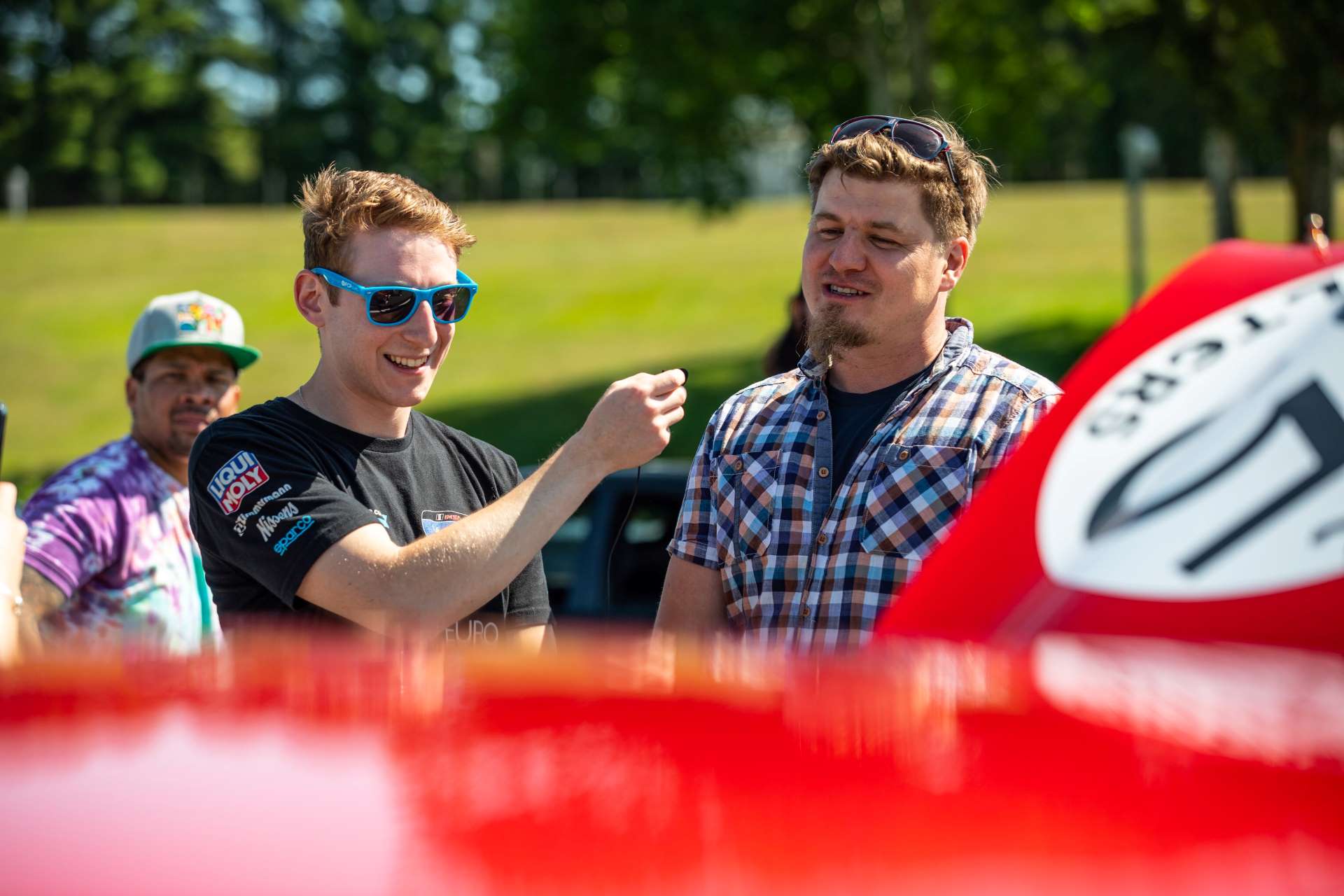It's no secret that the world of German automobiles offers a plethora of entertaining options for any type of enthusiast. While newer variants and models may command a hefty price tag and have higher operating costs, these are five stout German cars that provide cheap thrills at $5,000 or less.
BMW Z3
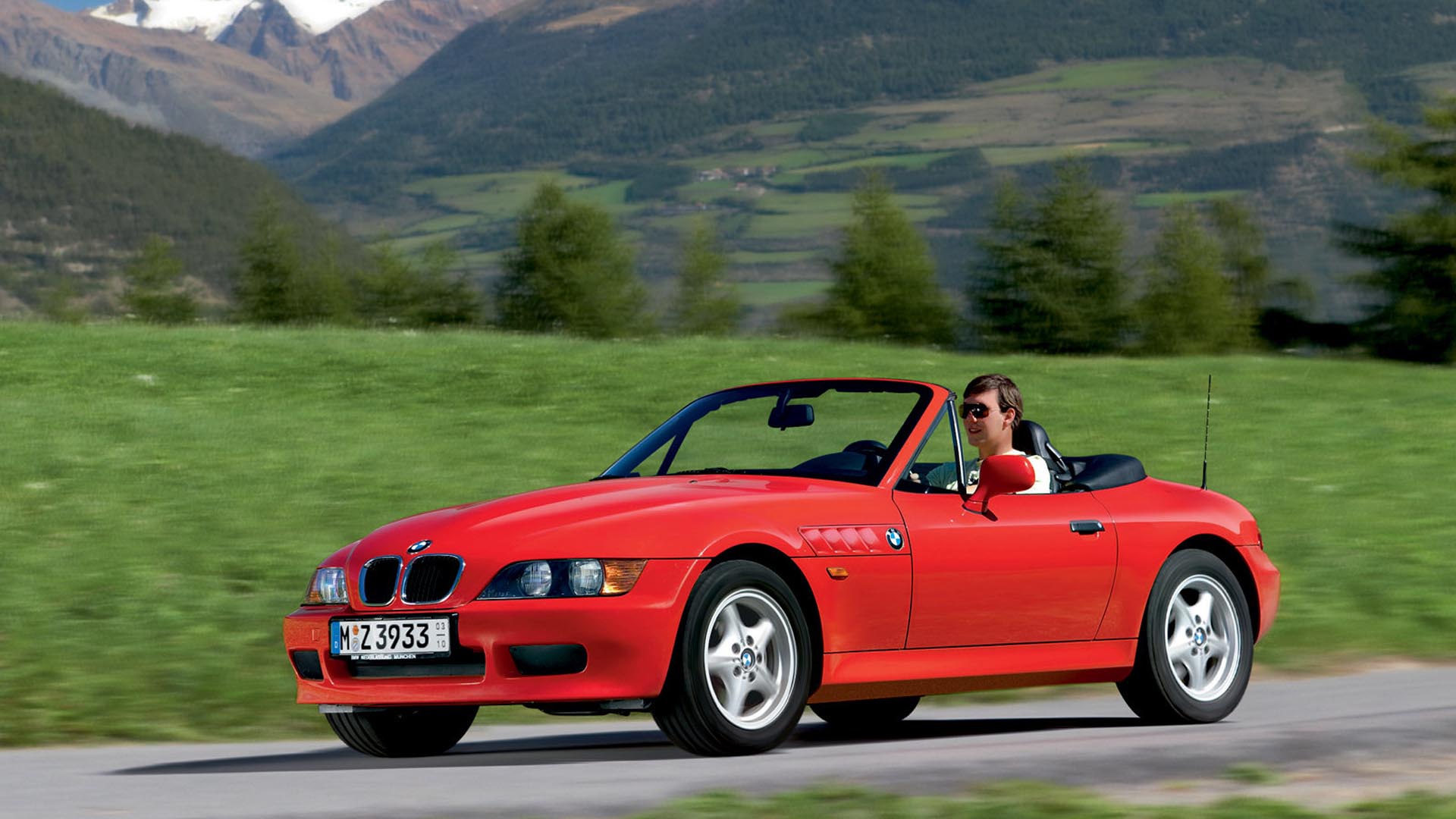
In the world of performance roadsters on the cheap, the phrase "Miata is always the answer" is uttered all too often. Alternatively, often overlooked for its more desirable siblings in the form of the E30 and E36 chassis is the uniquely-styled BMW Z3. The Bavarian roadster offers a fantastic mix of performance and reliability in a very capable chassis, all while offering the driver the option to drop it's top.
Power can be found from a host of different plants and can be selected to fit the driver's taste. On a tighter budget, the M42 4-cylinder offers an engaging rev range that urges the driver to row through the gears and squeeze the low-displacement four of all it has to offer. The 1.9-liter promotes a nimble turn-in, as the smaller and lighter engine fits the short wheelbase of the chassis quite well, and the steering feel of the Z3 chassis is relatively unrivaled. These engines are widely touted as one of the most durable pieces of engineering BMW produced in the era, and will often see over 250,000 miles before failure.
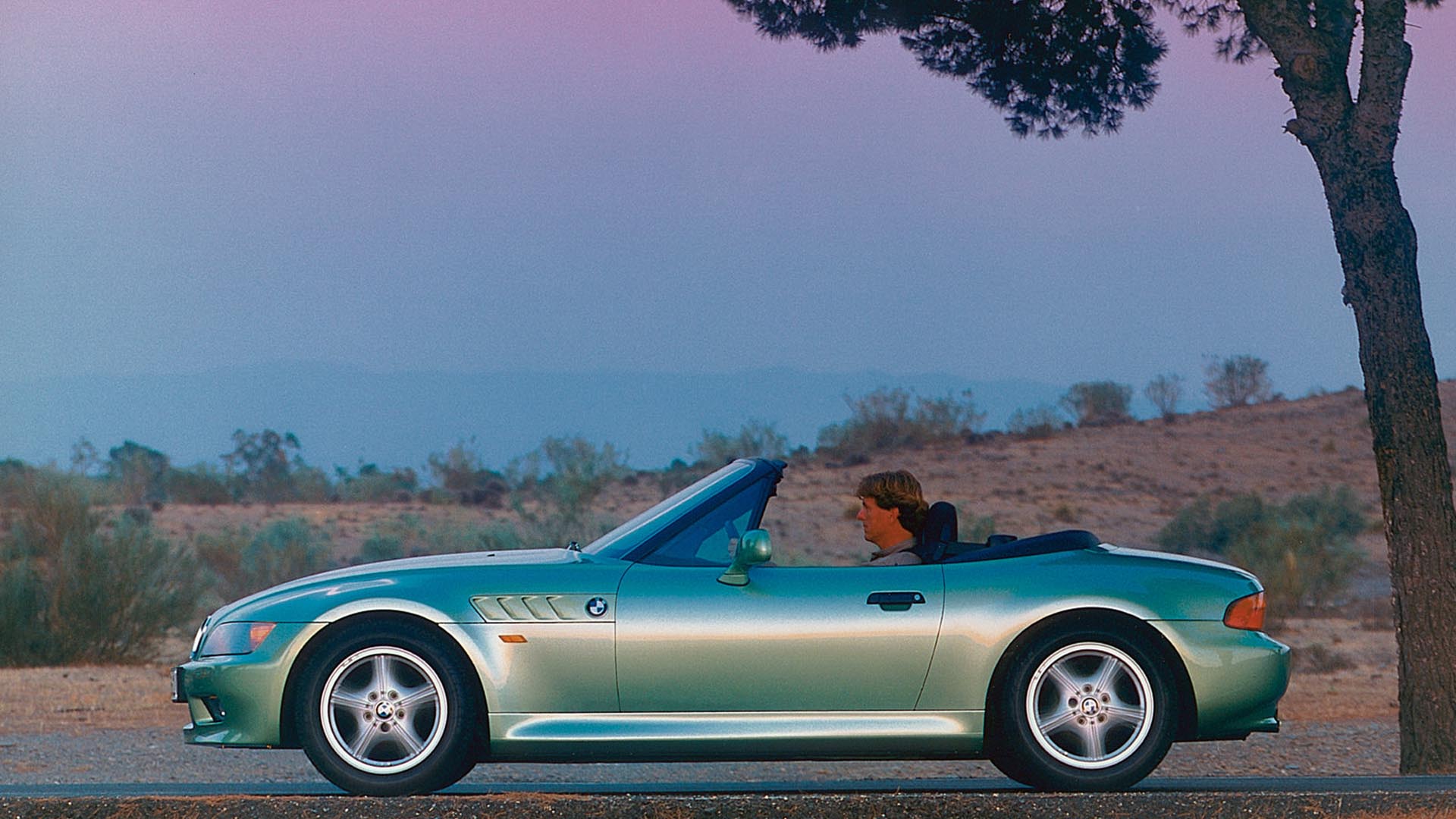
Other engine trim options for the Z3 range will come at a premium in the form of the M52 and the M54, but both sixes help turn the Z3 from an efficient and engaging car into a truly capable platform. Given its low curb weight and the power offered by either engine ( especially the smooth-yet-powerful M54), either engine propels the Z3 chassis into the realm of a viable sportscar. One would be hard-pressed to find an M54-driven car within the aforementioned budget, but cars powered by the 2.8 L and 1.9 L can regularly be had for the cost of an engine service on one of their competitors. As many parts are shared with the BMW E36 and E30 models, performance parts are readily available, and aftermarket maintenance solutions are aplenty.
Volkswagen Rabbit MK5
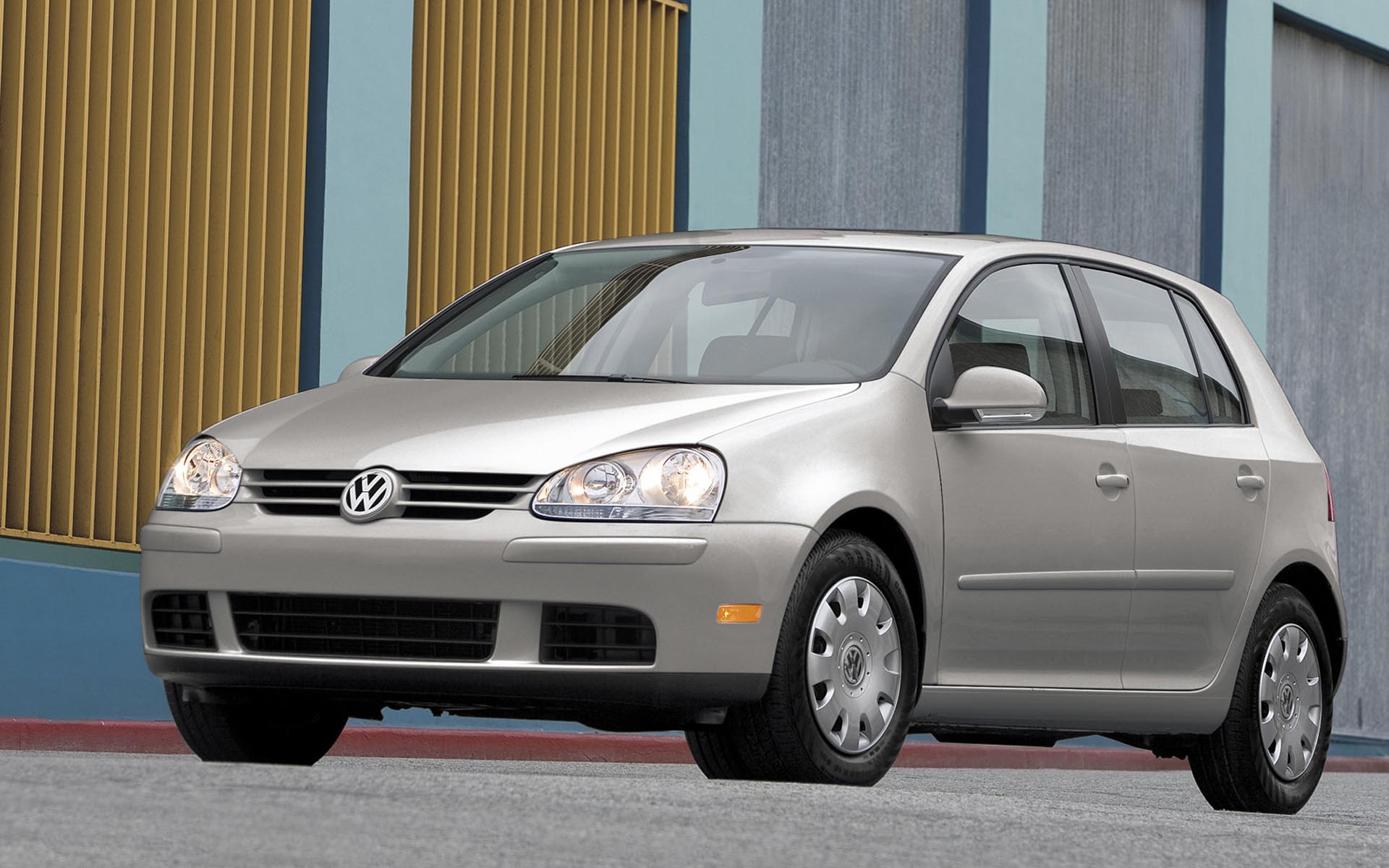
In the mid-1970s, Volkswagen took the auto market by storm. The creation of the original "hot hatch," dubbed the Golf GTI, demonstrated the value of a small, nimble chassis, and the joy of a low weight body paired with a rev-happy powerplant. The Mk1 GTI took to the streets and the racetrack in a period dominated by massive engines and long wheelbases, and as such, the plucky and agile hatchback would go on to change the sports car marketplace with its efficacy.
As following iterations of the Golf platform came to fruition, many enthusiasts will claim that Volkswagen began to lose the original formula of the GTI and that with each generation, these cars drifted further from the original nimble and precise joy that the Mk1 was. However, with the establishment of the Mk5 platform, Volkswagen, at last, returned to their roots as the original manufacturer of the hot hatchback. VW fans rejoiced in the creation of the Mk5 chassis, and journalists (Jeremy Clarkson included) proclaimed that Volkswagen had finally managed to capture the aura of the original GTI some 30 years later.

While the GTI will always serve as the performance benchmark for any Golf chassis, the Mk5 Rabbit manages to capture a lot of the same driving engagement at a shockingly low cost of entry. Powered by a 2.5 L naturally-aspirated five-cylinder, the Rabbit is fairly simple to work on and is touted as being a good deal more reliable than early 2.0T variants found in the same-generation Mk5 GTI. The 5-cylinder is reasonably economical despite the additional displacement and serves as one of the best exhaust soundtracks produced in the last decade.
Of course, the Rabbit shares a platform with the GTI and has an extensive aftermarket as a result. Parts are often interchangeable, and while a stock Rabbit may wallow a bit in corners, a stellar suspension setup can be had for well-within the $5000 budget to make it a backroad weapon. Be it a good shock and spring, a true coilover, or just some upgraded wheels and rubber, the low cost of entry of the Rabbit begs for the chassis to be customized and made its own.
Mercedes C-Class (W203 Chassis)
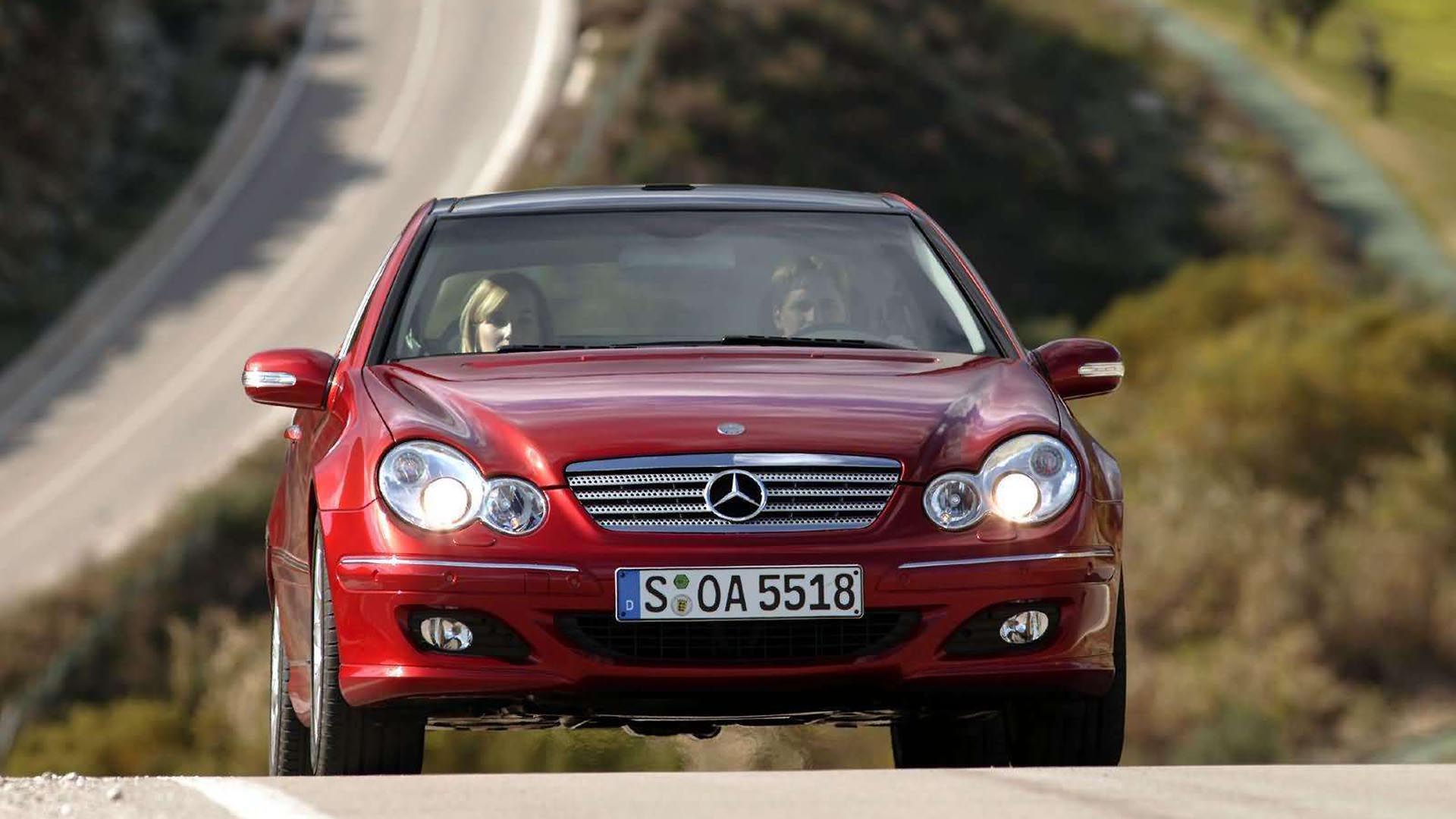
Mercedes-Benz is a name often associated with refinement and luxury over engagement in the world of performance cars. Known primarily for their plush interiors and sledgehammer-like powerplants found in AMG variants, enthusiasts often discount Mercedes cars for their lack of a manual transmission.
However, when it comes to the W203 C-Class, a manual transmission was an option available from the factory. These small sedans were offered with a 6-speed manual from the beginning of production in 2003 to the end of production in 2007, before eventually giving way to the slightly larger and more powerful W204 C-Class (such as FCP Euro's C300 developed for AER).
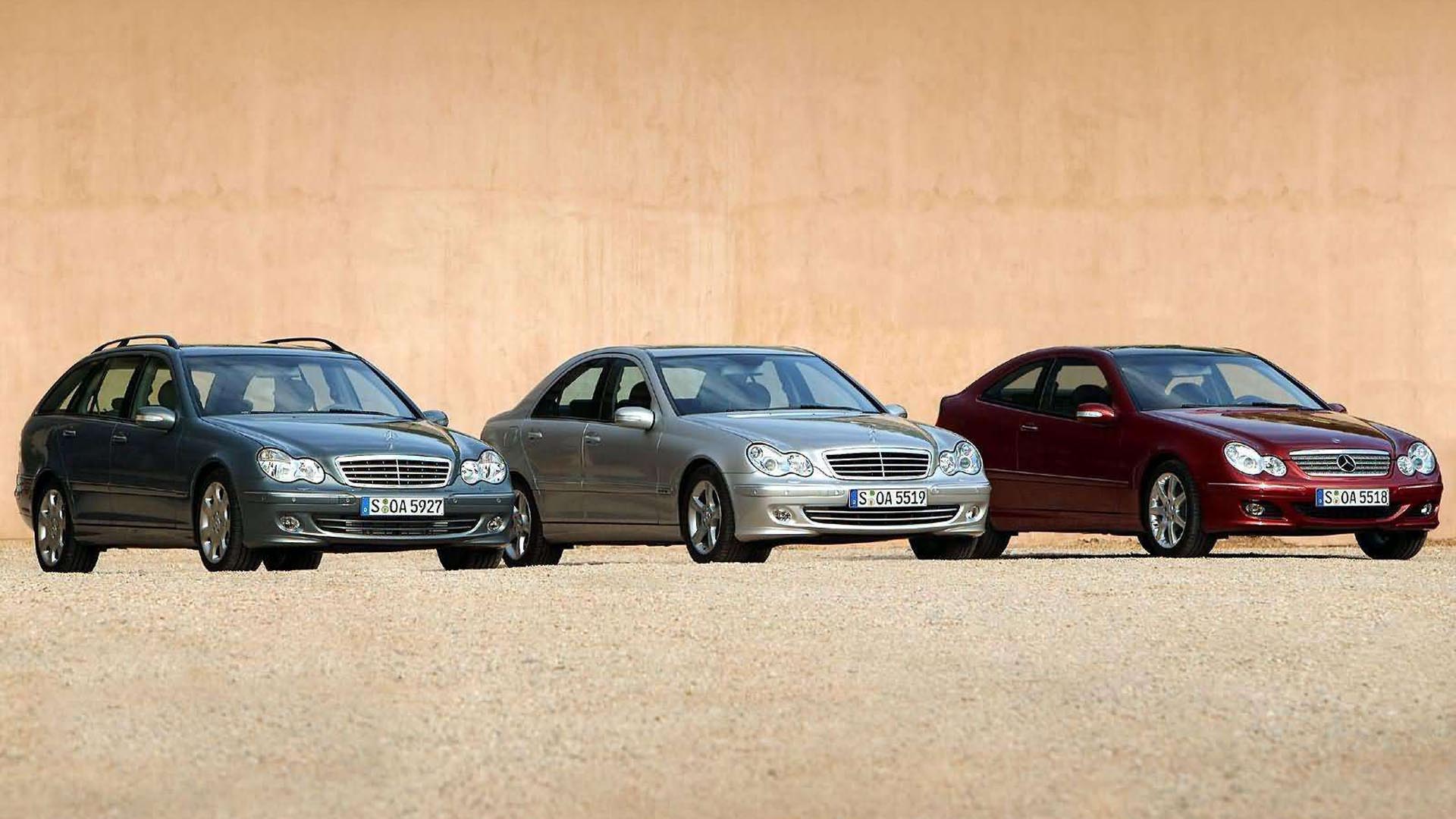
The W203 market spoils prospective buyers with choices. Early C230s, for example, offered a highly economical and torquey 1.8L supercharged four, while post-2006 models ditched the four in favor of a naturally-aspirated 2.5L V6. Throughout production, the C230 was offered with a manual transmission, and a sport pack largely focused on improved, aggressive aesthetics and sharpened handling dynamics. While these cars are rare to come across, they can easily be found for less than $5,000 and serve as a comfortable-yet-entertaining option. Mercedes often elects to borrow parts off of upmarket vehicles for factory upgrades—for example, late model C230s share a front sway bar with the Mercedes CLK platform. So, research can often yield a great modification at a very low out-of-pocket cost.
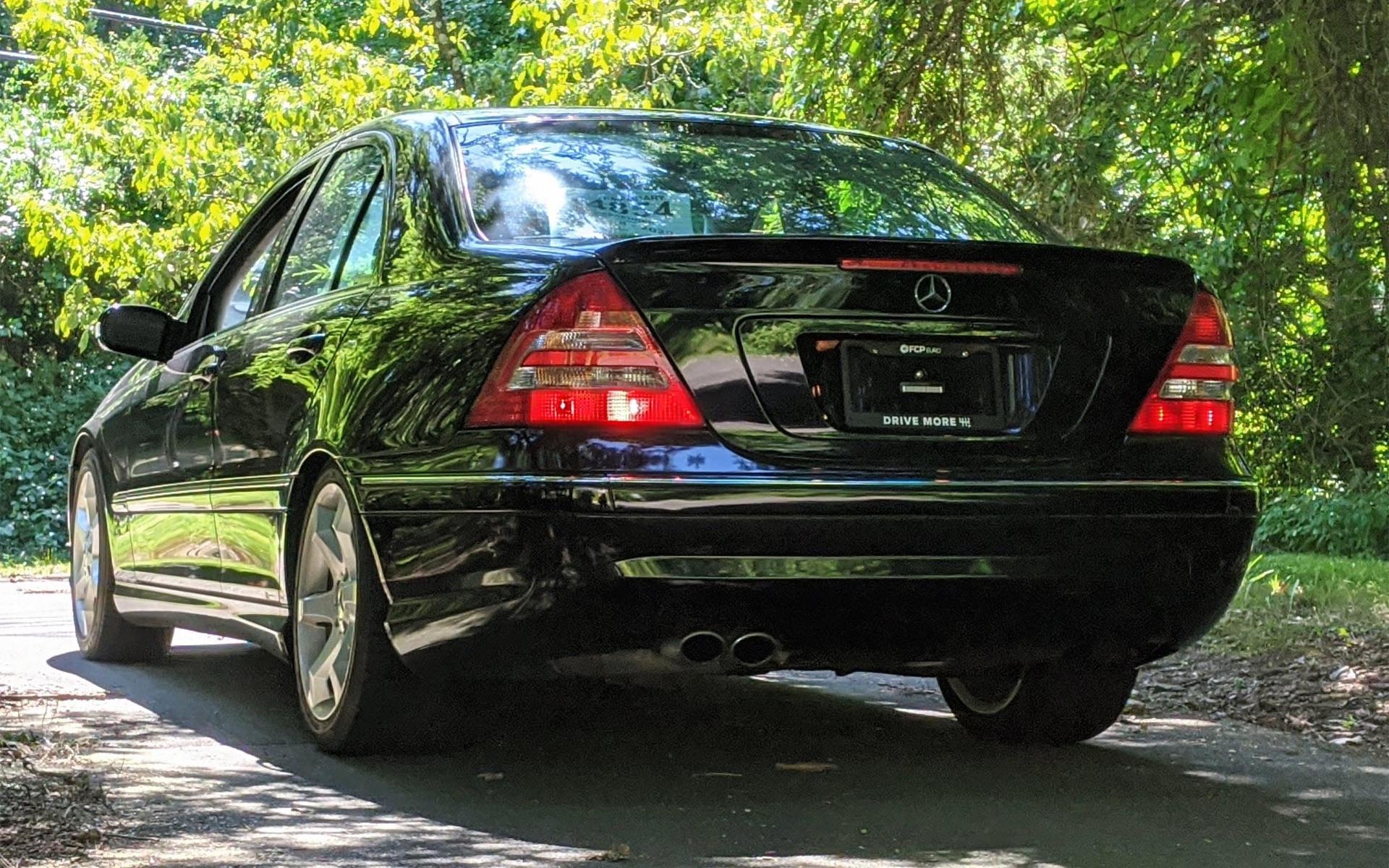
If you're willing to stray from rowing your own gears, the C32 AMG provides a massive amount of fun for the dollar. The twin-screw supercharged M112 V6 delivers an impressive 350 horsepower through the C-class's short wheelbase, making the car one of the fastest you can find at this price point. Upgraded brakes and suspension from the factory serve the C32 well and can easily make an aggressive driver smile on a good road despite the automatic transmission.
As this is a fairly high-strung engine, buyers should be aware of maintenance history before purchasing a cheap example.
Porsche 944

A bit less niche than some of the other vehicles presented above, the 944 chassis is commonly known for being one of the most accessible Porsches on the market, second only to the similar 924. Famous for abandoning Porsche's tried-and-true formula of rear-engined, rear-driven cars, the 944 uses a more common layout of front-engined, rear-driven.
Cars were available with a naturally-aspirated four-cylinder good for anywhere from 160 to 200 horsepower, depending on the year and trim level. Uncommon trim levels, such as the "S" and "S2," saw a significant power bump, interior and exterior styling alterations, and improved performance dynamics. Short of the 944 Turbo (also referred to as the 951), most 944s have managed to maintain a lower cost of entry while nearly every other vintage Porsche model has ascended exponentially in value. While an S2 model may be a bit rare to find at $5,000 or less, you can find a driver-quality 944 at this price point. With the lovely factory-flared fenders, an interior design that has withstood the test of time, and an incredibly balanced chassis, one would be hard-pressed to find a car as joyful for a weekend blast as the 944.
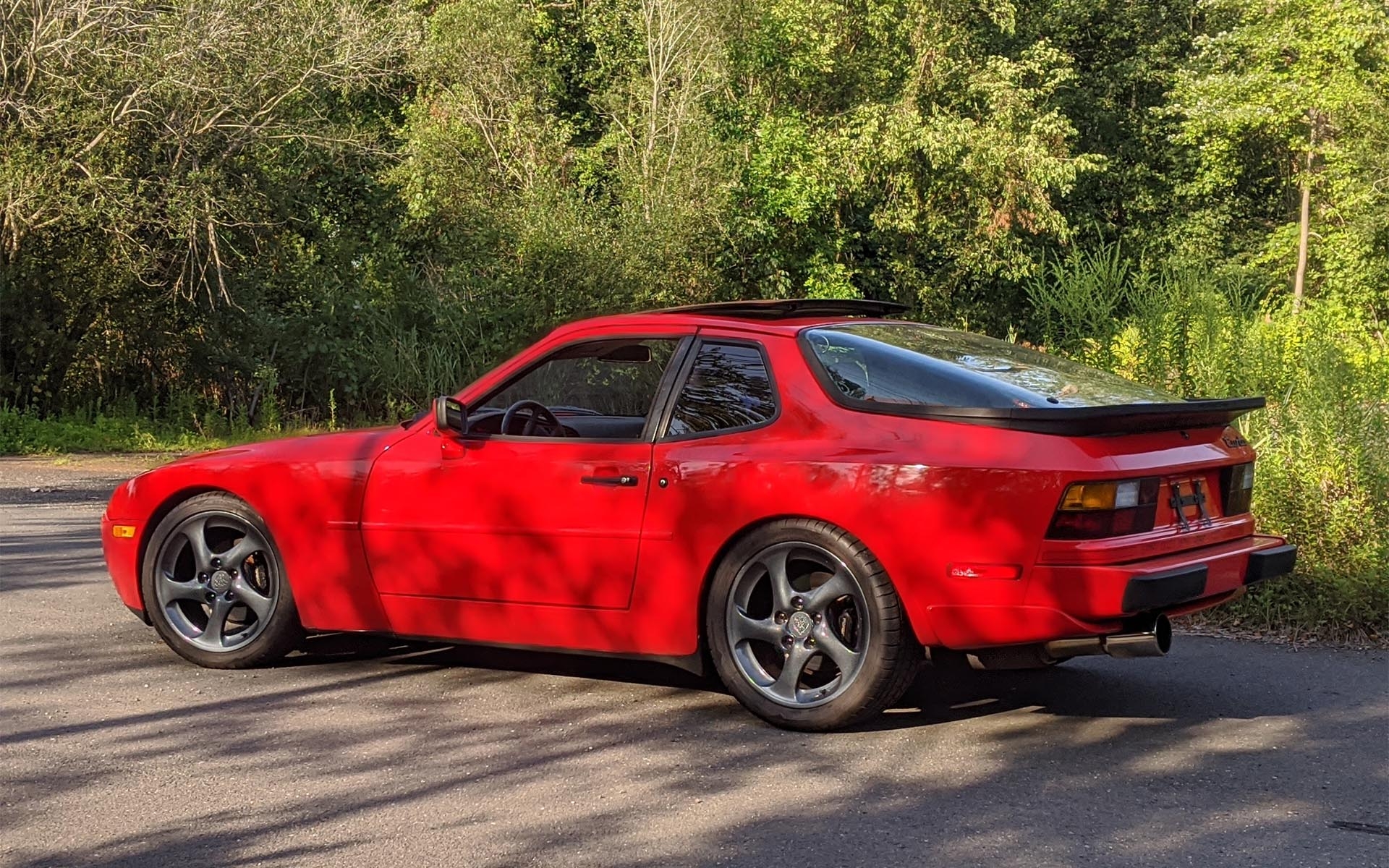
Maintenance costs are a bit steeper than previously mentioned options, but the four-cylinder 944 is known to be a stout engine that thrives in a well-maintained environment. Be sure to maintain these cars fastidiously, and they will provide near-endless enjoyment in return for very little investment. Years down the road, should the 944 follow the trend of other Porsche models of the era, it may pay itself back and then some.
Audi Coupe Quattro

The Audi Coupe Quattro is one of the rarest Audi models sold in the United States, and yet driver-quality examples can be had for around $4,500. Sharing exterior styling with the European-market S2 and with the interior of a period-correct supercar, the Coupe Quattro may be the best enjoyment one can receive in the name of cheap thrills.
The wedge-like styling of the Coupe is often likened to its Volkswagen cousin, the Corrado. However, the Coupe shares very little with the Corrado and benefits from a good deal of clever engineering and fantastic styling cues. The Audi benefits from the early Quattro all-wheel drive system made famous by the legendary UrQuattro, making the Coupe second-to-none in the 4-wheels driven department. Power is put down via Torsen limited-slip front and rear differentials, and the driver has the option to lock the center differential with the click of a fairly-futuristic button. Getting these cars stuck in the snow or dirt is nearly impossible as a result, making these fantastic budget Audis a true year-round car if chosen to do so.
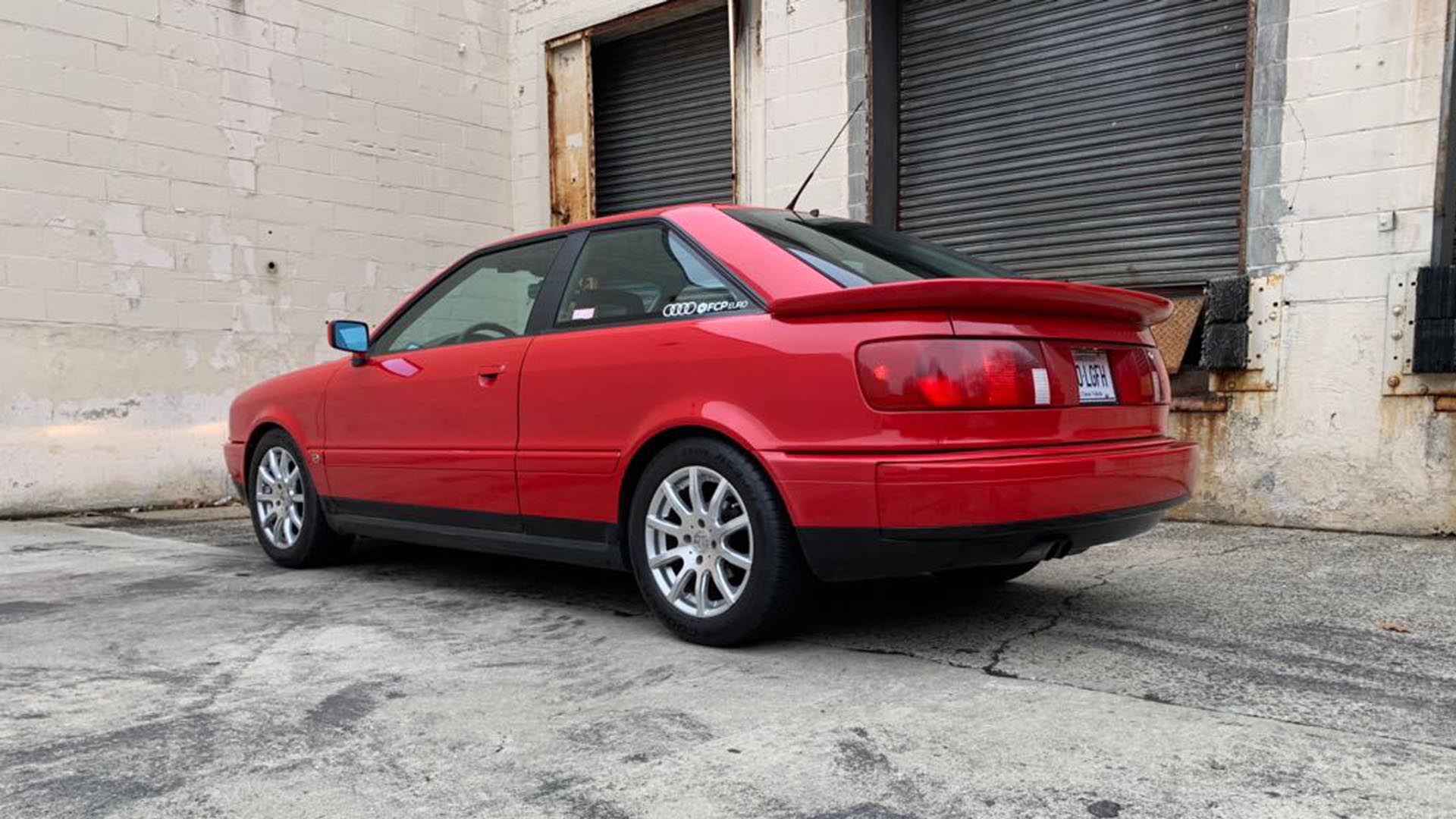
Power is modest for a 3,200-pound curb weight, at 160 to the crank. While the Coupe Quattro is unlikely to win any races, the sound of the naturally-aspirated 7A five-cylinder is one for the history books. Drivers will find themselves taking the long way home whenever possible to get a couple extra downshifts out of the delightfully emotional engine. As an added benefit, these engines are extremely stout and known to do over 250,000 miles without a hiccup. The interior is a lovely place to spend time, offering power and heated seats, plush leather, and genuine wood grain trim throughout the cabin. The factory-installed VDO voltage, oil pressure, and temperature gauges in the center console also provide a nice classical ambiance, while a digital display in the center of the gauge cluster managed to offer live fuel economy and peak g-forces sustained.
While the aftermarket is a bit harder to access given age and exclusivity, the Coupe can easily be woken up with a set of shocks and springs to accommodate the chassis's weight. The short wheelbase and clever Quattro system help to propel these beautiful two-doors out of tight corners at shocking speed, and the low-power, high-redline 7A encourages the driver to make the car work for them.
No matter which of the five cars on this list you choose, they will leave a smile on your face when you get to a canyon or back road. If you would have chosen another car under $5000 not on this list, what would it be?

